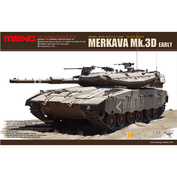Additional Information
the armored Car of the British army of the period of world war I "Lanchester armored car" was developed in 1914 on the basis of the civil car. The lancers had been in service with the British army since 1915, as well as in Belgium and Russia. During the Russian campaigns the Lanchester armored vehicles have proven themselves reliable and undemanding machines that can withstand long marches in rough terrain and endured the difficult winter conditions. However, armored cars of the 1914 model had serious drawbacks, for example, low landing worsened permeability, and the unsuccessful design of the carburetor made it difficult to start the engine at low temperatures.
After the First world war, Britain immediately began to develop, manufacture and use its armored vehicles. Among the first samples of the new machines were armored vehicles created by order of the British Admiralty for the Royal naval air service (R. N. A. S. - Royal Navy Air Service). One of the units of this service received the task in 1914 to relocate to Dunkirk to monitor the work of aviation and rescue pilots of downed aircraft. In service of this unit were two cars - "Mercedes" and "rolls-Royce", protected by sheets of boiler iron and armed with a machine gun. The effectiveness of the use of these machines inspired the leadership of the Admiralty to create the Royal naval division of armored vehicles consisting of 15 armored squadrons.
The recommended paints
| Средне-серый (Medium Gray) | |
| Черный матовая (Flat Black) | |
| Желтый матовая (Flat Yellow) | |
| Песочный (Sand) | |
| Древесный (Wood) | |
| Серебро (Silver) | |
| Ржавчина (Rust) | |
| Сталь (Steel) |
Caution! Glue and paints are not included.
The configuration and appearance of the model are subject to change without notice.
Additionally, we recommend also purchasing
Related Products




























